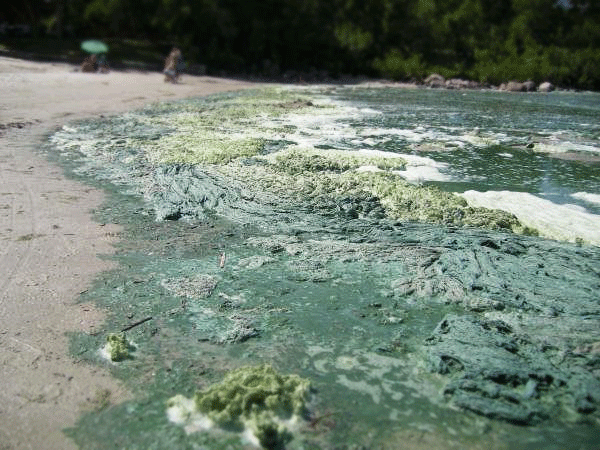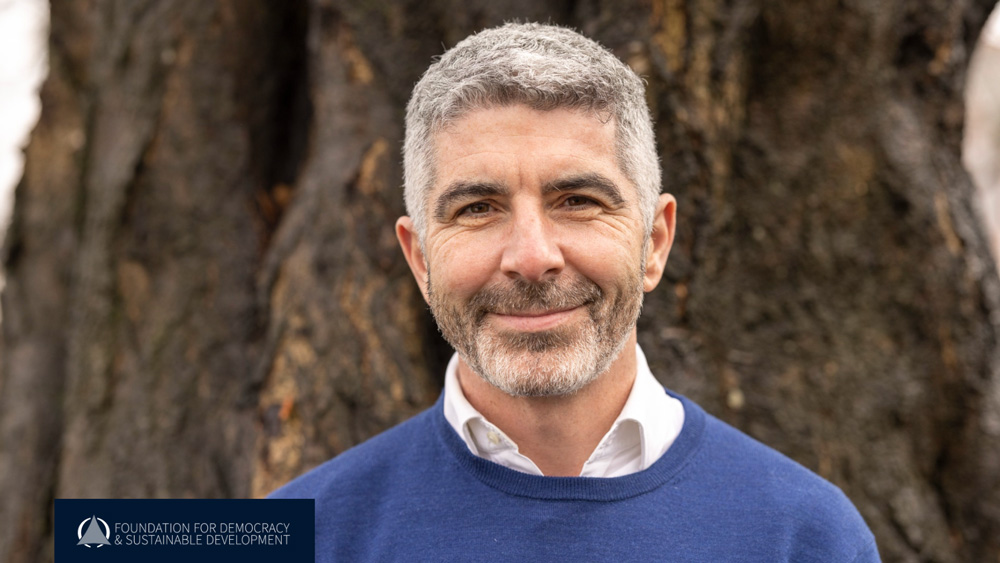Dimple Roy is Director, Water, International Institute for Sustainable Development (IISD).
When it comes to safeguarding the future of our natural habitats, natural resources, livelihoods, and economies for future generations, we now have the guidance of the Sustainable Development Goals (SDGs). These are a set of seventeen aspirational ‘Global Goals’ aimed at ensuring all countries collaborate towards a sustainable future for all.
Although the SDGs are thematically focused goals, the suite itself defies viewing sustainable development in silos, promoting integrated approaches. Indeed, this is how the International Institute for Sustainable Development (IISD), has addressed its work on sustainable development.
For example, IISD’s Water program has taken a more broadly encompassing approach to management of fresh water, through the Water-Energy-Food (WEF) nexus model. More than just freshwater management itself, it is vital to consider these three vital components of human well-being, and how they are interlinked (with action in one area impacting two or three of these areas), when developing the most effective policy options for decision-makers.
In Canada and further afield, we have been championing and providing guidance on how to implement the WEF approach in various contexts and in different ways. Outlined below are two ways that IISD has spearheaded integrated WEF management; one in Canada and the other in Suriname.

Figure 1. Algal blooms on Lake Winnipeg. Source: Greg McCullough
Lake Winnipeg, Canada
Lake Winnipeg is the 11th largest freshwater lake in the world, and has a basin that encompasses parts of four Canadian provinces and four American states. This large basin supports large and small communities and faces issues including algal blooms, floods and occasional drought. The Lake Winnipeg Basin provides drinking water for communities, fisheries, recreation, agriculture, and is fundamental to water, energy, food security as well as economies for the region and for Canada.
Using a somewhat organic, bottom-up WEF approach, we envisioned a healthy Lake Winnipeg, where a diverse landscape provides a range of benefits, including reliable water, energy and food, including thriving rural economies, nutrient recycling, water storage and protection from floods and droughts, etc.
First, we looked at the problem of nutrient overloading and algal blooms. We found that wetland plants absorb nutrients very well from water systems. These plants can be harvested to remove excess nutrients from the system. Working with a diverse range of partners, we developed a set of fuel pellets from these harvested plant materials to be used as clean, renewable sources of energy. Combined with phosphorus recycling for agricultural fertilizer, this addresses the WEF nexus.

In Canada, in the context of the Lake Winnipeg Basin, watershed managers are looking at excess biomass to see how they can use ditch maintenance and wetland management as ways to not only reduce nutrients, but also develop carbon credits, and localized energy while recycling phosphorus for use as agricultural fertilizer. Over the past decade, we developed this idea while working with watershed manager, farmers, entrepreneurs and government officials.
Next stage? We are developing an atlas to map biomass resources in the province in developing a regional bioeconomy. This atlas will help understand the costs and logistics to replicate and scale-up this successful management approach and prove an invaluable tool for a range of stakeholders including farmers, resource managers and government.
Maripaston, Suriname
In a more formal, systematic application of the WEF nexus, we worked in the country of Suriname. Suriname’s economy relies strongly on mining, and there was a desire to understand the interactions between a mine in Maripaston, and its relationships with water, energy and food. The goal was to consider how they might impact one another within that context. We developed and pilot tested a tool (the WEFsat-Mining tool) to aid decision makers in understanding “triple wins” for water-energy-food security through investments in specific underlying systems.
We defined WEF security as determined by availability, access to supporting infrastructure and supporting institutions and policies. Two workshops in Paramaribo, Suriname’s capital, convened representatives from local communities, government departments, mining companies, non-governmental organizations, academics, etc. to identify key aspects of WEF security and to validate findings around how WEF security could be maintained and even enhanced through mining activities.

The goal was to understand, monitor and incorporate WEF security into decision making processes, on the mine site and in the region. The tool now allows other countries facing similar challenges to unpack and manage integrated challenges around mining development and towards meeting broader goals.
Together these two different approaches provide a few lessons. Firstly, that that while the WEF nexus provides one way of integrating between SDGs, such integration is complicated and requires a fair bit of effort through interdisciplinary teams. Second, that there is no silver bullet and these approaches are context specific. Other lessons highlight the role of data and good indicators for adaptive management, as well as continued efforts and investment in integrated efforts.
Finally, our experience underscores that the role of the honest broker, played by organizations such as IISD cannot be underestimated, as integrated solutions require strong partnerships and these must be carefully fostered over time.



